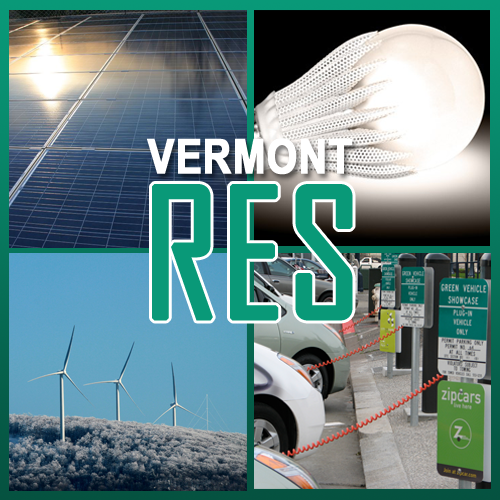On Friday May 15th, the Vermont Senate passed H.40, the “Renewable Energy Standard” bill. Shortly thereafter the House (which had passed the bill back in March) approved the Senate’s changes, sending it to the Governor’s desk. He was been a supporter of the bill from day one, and is expected to sign it in the coming weeks.
What the bill accomplishes:
This Renewable Energy Standard is projected to save Vermonters nearly $400 million, get over 400 MW of renewable energy built, help tens of thousands of Vermonters weatherize their homes or make other energy upgrades, and create over 1000 new jobs in clean energy and efficiency.
It accomplishes all that by doing three big things.
What the bill does:
First, “Tier 1” of the bill requires Vermont utilities to provide renewable power to their customers. The requirement starts at 55% of a utility’s electric sales in 2017 and ramps up to 75% by 2032. Most renewable power sources, new or existing, large or small, meet this requirement. Because existing renewables meet this requirement (older hydroelectric dams, for instance), utilities are not expected to build new renewable energy to meet it.
Second, “Tier 2” requires utilities to get 1% of their power from distributed renewable generation built in Vermont starting in 2017. This requirement ramps up to 10% by 2032, which translates to over 400 MW of new renewable generation in Vermont. We, and most other observers, expect these 400 MW to be mostly solar power.
Finally, “Tier 3” – the energy innovation tier – requires utilities to help Vermonters reduce their use of fossil fuels for heating and transportation. By 2032, the Public Service Department estimates that these requirements will result in over 85,000 Vermonters receiving assistance on energy upgrades ranging from home weatherization to cold climate heat pumps to biomass and biofuel systems to electric vehicle charging stations.
The bill contains a number of other provisions, including standard setbacks from roads and property lines for all solar farms built in Vermont, automatic party status for municipalities at the Public Service Board on all proceedings regarding energy facilities proposed within their borders, and a number of studies and reports.
What the bill does NOT do:
Over the course of the legislative session, various opponents of renewable and efficiency attempted to saddle the Renewable Energy Standard with all sorts of bad amendments. From a cap on Efficiency Vermont’s work to stripping the Tier 3 fossil fuel reduction requirements out of the bill to more than half a dozen different amendments that would have made it substantially harder to build renewables in Vermont, we had our hands full beating back bad ideas.
I’m pleased to say that by the time the bill passed, each one of those amendments had been rejected.

